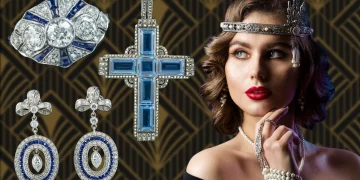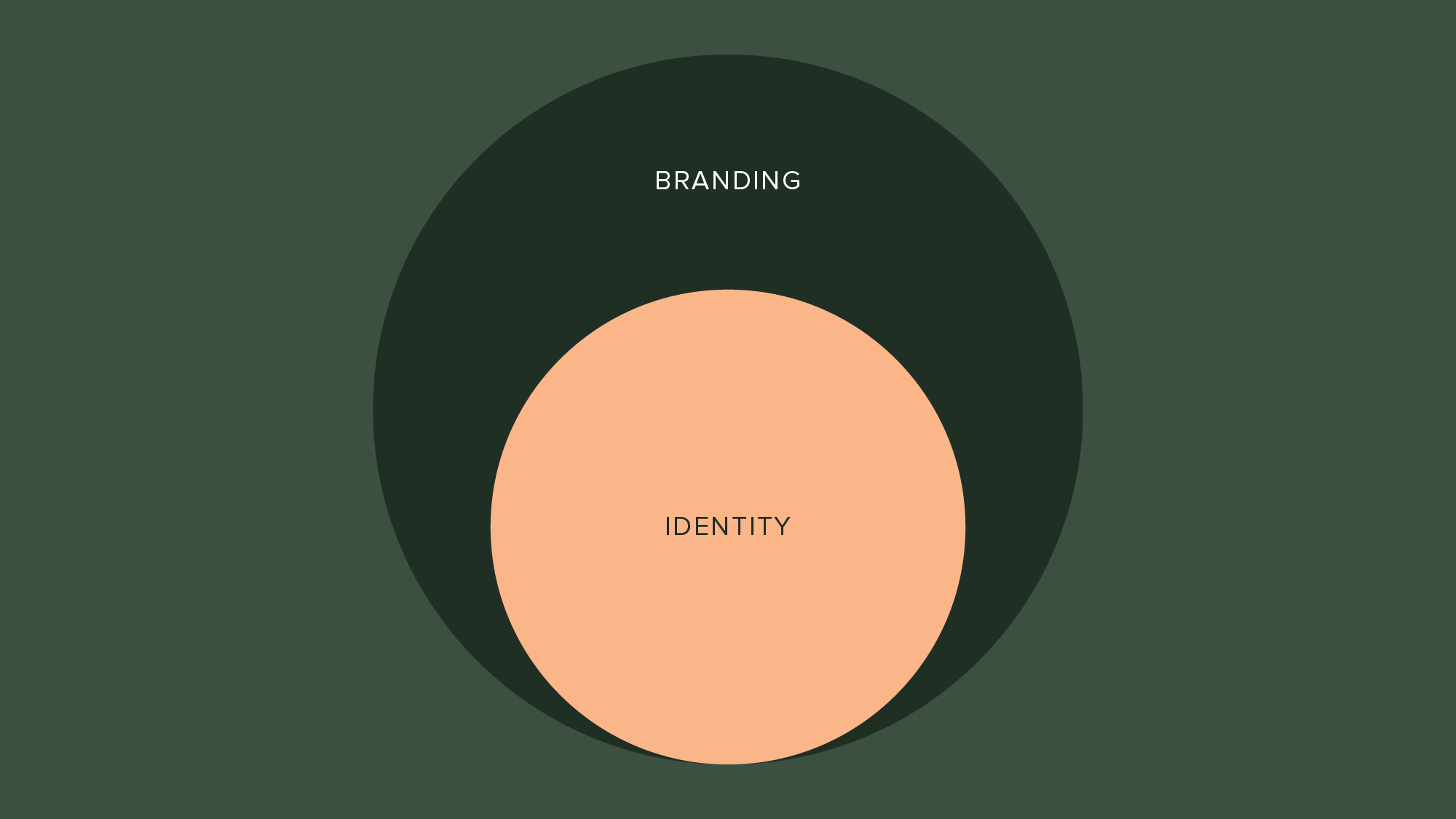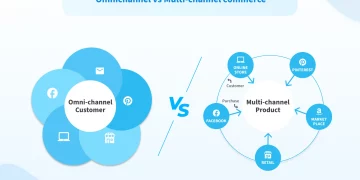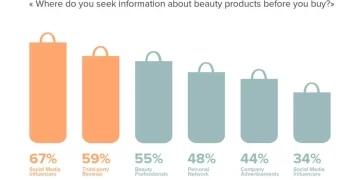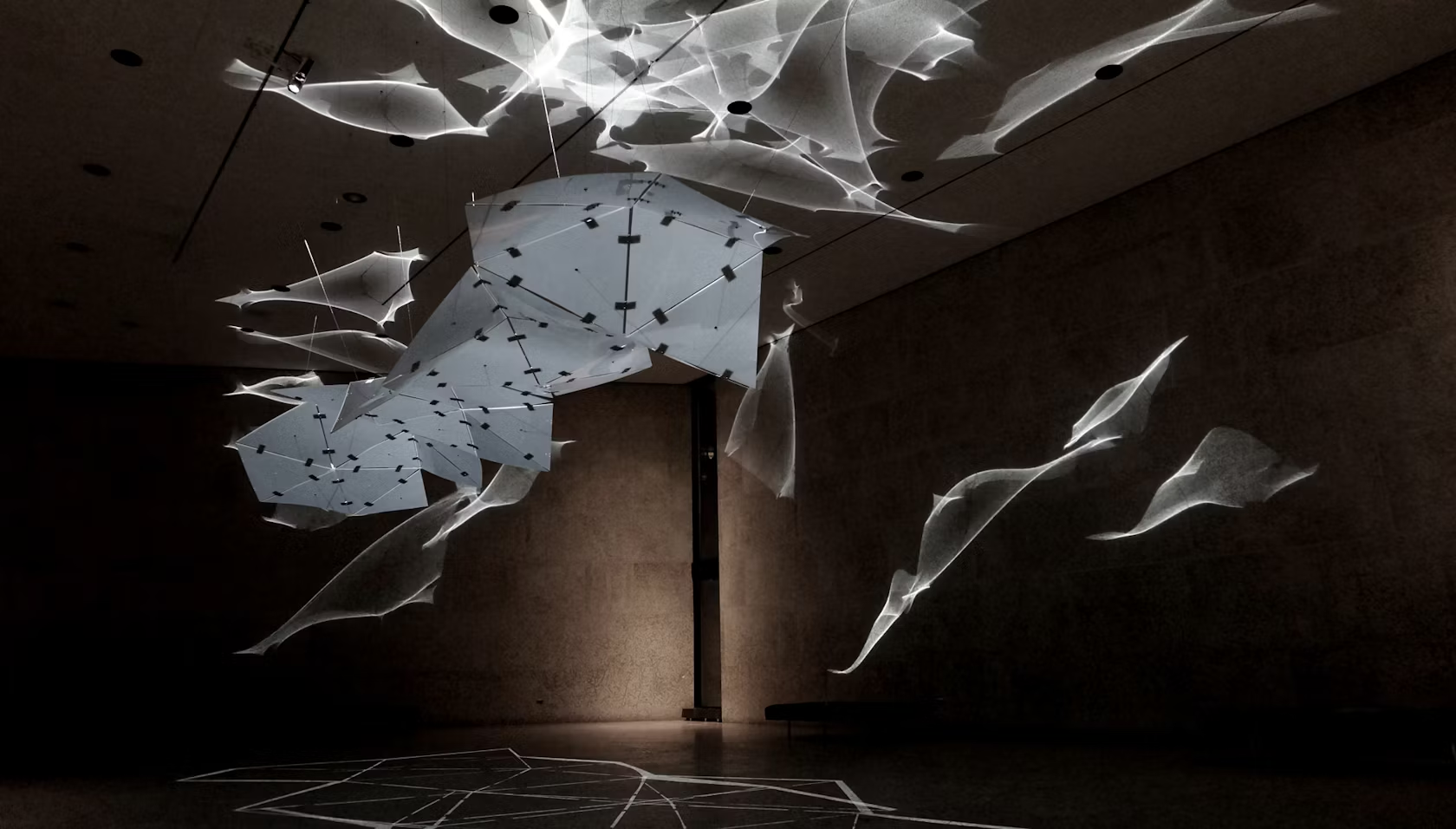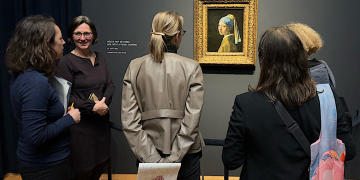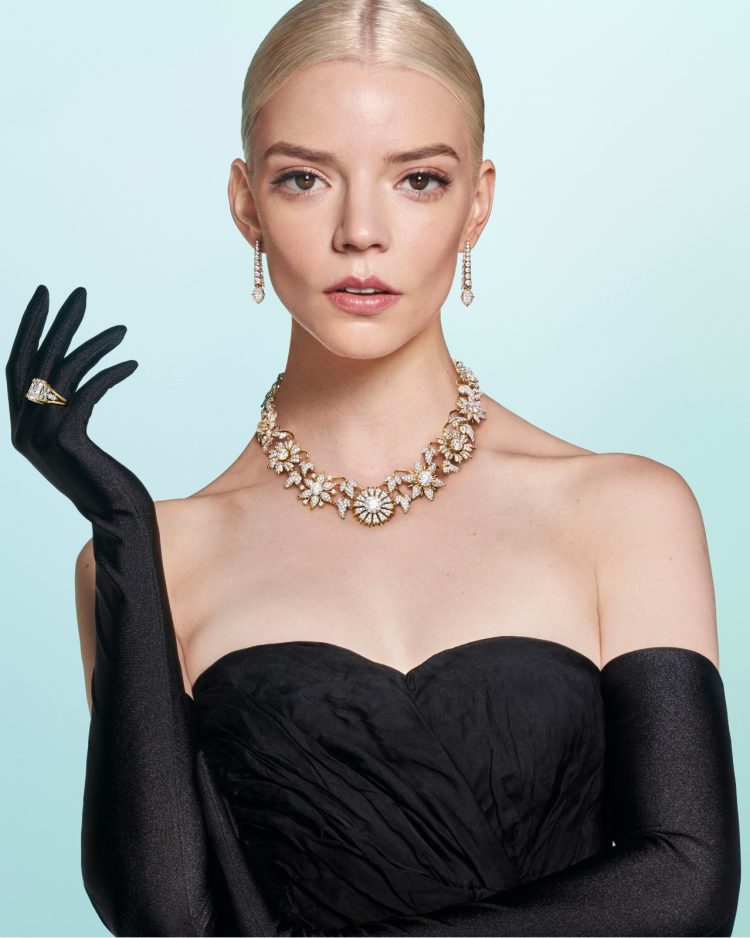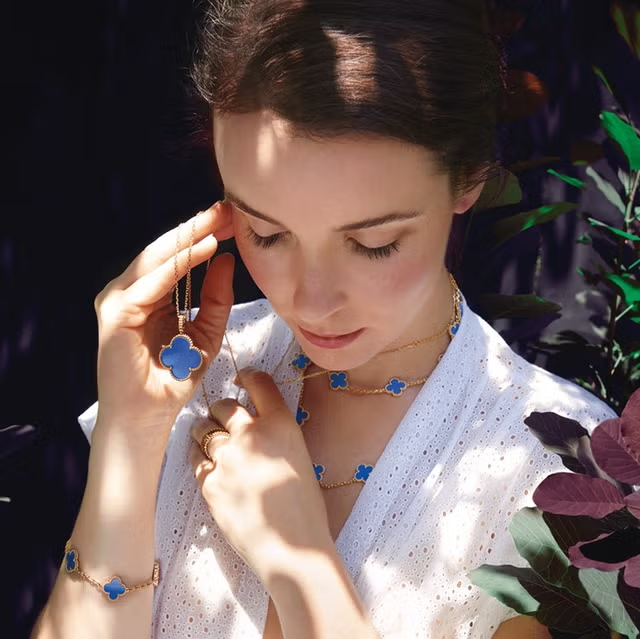Introduction
In the rapidly evolving luxury market, Tiffany & Co. has emerged as a paradigm of reinvention, successfully adapting its strategies to resonate with millennial consumers (born 1981–1996). This demographic, characterized by tech-savviness, demand for authenticity, and preference for experiential consumption, has compelled Tiffany to overhaul its traditional approaches. By integrating product innovation, omnichannel engagement, and data-driven personalization, Tiffany has redefined its brand narrative to align with millennial values. This article explores the multifaceted strategies employed by Tiffany to attract and retain this critical consumer group.
1. Product Innovation: Redefining Luxury for Everyday Relevance
1.1 Launching the Paper Flowers™ Collection
Under the leadership of Chief Artistic Officer Reed Krakoff, Tiffany introduced the Paper Flowers™ series in 2018, inspired by the delicacy of剪纸艺术 (Chinese paper-cutting). The collection combined platinum and diamonds in fluid, organic designs, departing from traditional rigid jewelry forms. Krakoff emphasized that luxury should be “wearable daily,” a philosophy that resonated with millennials seeking versatile, self-expressive pieces rather than occasion-bound items.
1.2 Breaking the “Engagement Ring” Stereotype
Historically tied to婚恋文化 (wedding culture), Tiffany strategically diversified its product lines to include fashion-forward items like charm bracelets, stacking rings, and unisex designs. For example, the Tiffany HardWear collection featured industrial-chic chains, appealing to millennials’ preference for gender-neutral and edgy aesthetics. This shift reduced reliance on bridal sales and expanded market reach.
1.3 Limited Editions and Collaborations
Tiffany leveraged scarcity and exclusivity through collaborations, such as its 2021 partnership with streetwear brand Supreme, which sold out within minutes. These limited releases generated social media buzz and positioned Tiffany as a culturally relevant brand.
2. Omnichannel Experience: Bridging Physical and Digital Realms
2.1 Reinventing Retail Spaces
In 2018, Tiffany opened its first Covent Garden Experience Store in London, replacing traditional柜台 (counters) with interactive zones. Features included:
- Customization Stations: Allowing customers to engrave jewelry or design bespoke pieces.
- Perfume Vending Machines: Offering instant purchases of Tiffany’s fragrance line.
- Event Spaces: Hosting art exhibitions and pop-up parties to foster community engagement.
2.2 E-commerce Expansion in China
Recognizing China’s millennial-driven luxury boom, Tiffany partnered with Alibaba’s Luxury Pavilion in 2018 to launch an exclusive online快闪店 (flash store). This move not only tapped into China’s $1.3 trillion e-commerce market but also catered to millennials’ preference for seamless digital shopping. By 2024, Tiffany extended its collaboration with Tmall to include AR try-ons and blockchain-based authenticity verification.
2.3 Flagship Store Reinvention
The renovation of Tiffany’s Fifth Avenue flagship store in New York introduced tech-enhanced experiences, such as virtual reality tours of diamond origins and AI-powered styling assistants. These innovations transformed shopping into an immersive journey rather than a transactional process.
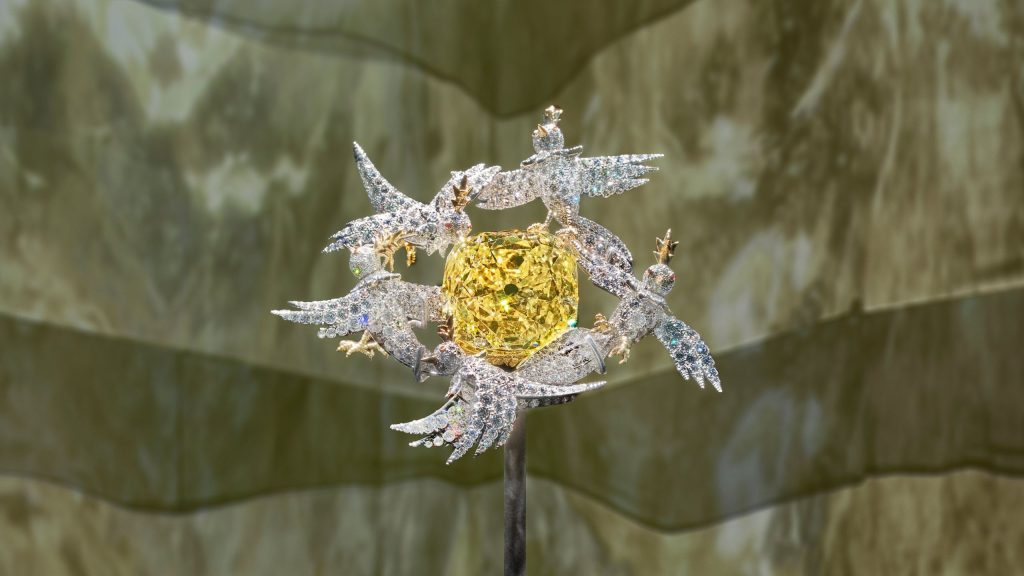
3. Digital Marketing: Crafting Shareable Moments
3.1 Social Media Storytelling
Tiffany mastered the art of Instagrammable campaigns. The 2020 #MakeItTiffany campaign encouraged users to share photos of everyday moments adorned with Tiffany products, blending aspirational luxury with relatability. The campaign garnered 2.1 million posts within six months.
3.2 Leveraging Pop Culture
The reopening of the Tiffany Blue Box Café in 2021 (inspired by Breakfast at Tiffany’s) became a viral sensation. Despite mixed reviews on food quality, the café’s photogenic interiors generated 450,000+ Instagram tags, exemplifying how experiential spaces drive organic digital engagement.
3.3 Data-Driven Personalization
Using AI analytics, Tiffany segmented millennial audiences based on browsing history and social media behavior. For instance, customers who viewed engagement rings received targeted emails about modern wedding trends, while those exploring fashion jewelry saw content on styling tips. This approach increased email open rates by 34%.
4. Brand Values: Aligning with Millennial Ethics
4.1 Sustainability Initiatives
Tiffany’s 2023 Sustainability Report highlighted its commitment to ethical sourcing, with 100% traceable diamonds. The brand also introduced recycled gold collections, appealing to eco-conscious millennials willing to pay a 15–20% premium for sustainable products.
4.2 Inclusivity Campaigns
The 2022 Believe in Love campaign featured LGBTQ+ couples and non-binary models, challenging traditional norms. This aligned with millennials’ prioritization of diversity, resulting in a 22% sales boost in gender-neutral jewelry.
5. Challenges and Future Directions
While Tiffany’s strategies have been largely successful, challenges remain:
- Balancing Exclusivity and Accessibility: Overexposure through digital channels risks diluting brand prestige.
- Gen Z Transition: As millennials age, Tiffany must adapt strategies for Gen Z’s distinct preferences, such as元宇宙 (metaverse) integrations.
Future initiatives may include NFT-linked jewelry and AI-driven co-creation platforms where customers design virtual products before physical purchase.
Conclusion
Tiffany & Co.’s millennial-focused transformation exemplifies how heritage brands can evolve without losing their essence. By marrying product innovation with omnichannel agility and ethical storytelling, Tiffany has not only captured millennial wallets but also their hearts. As the luxury landscape shifts, Tiffany’s willingness to experiment positions it as a timeless yet contemporary icon.




